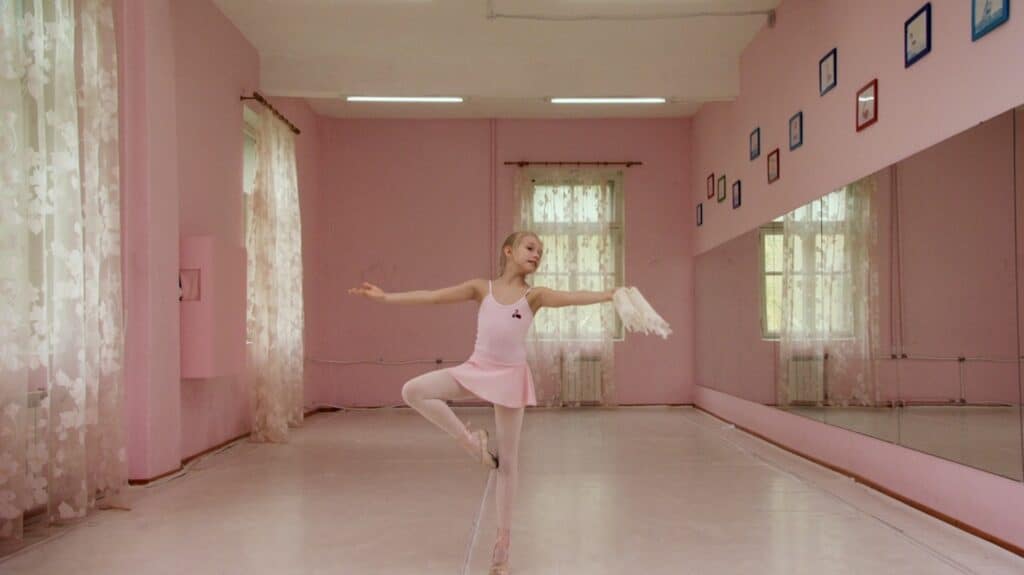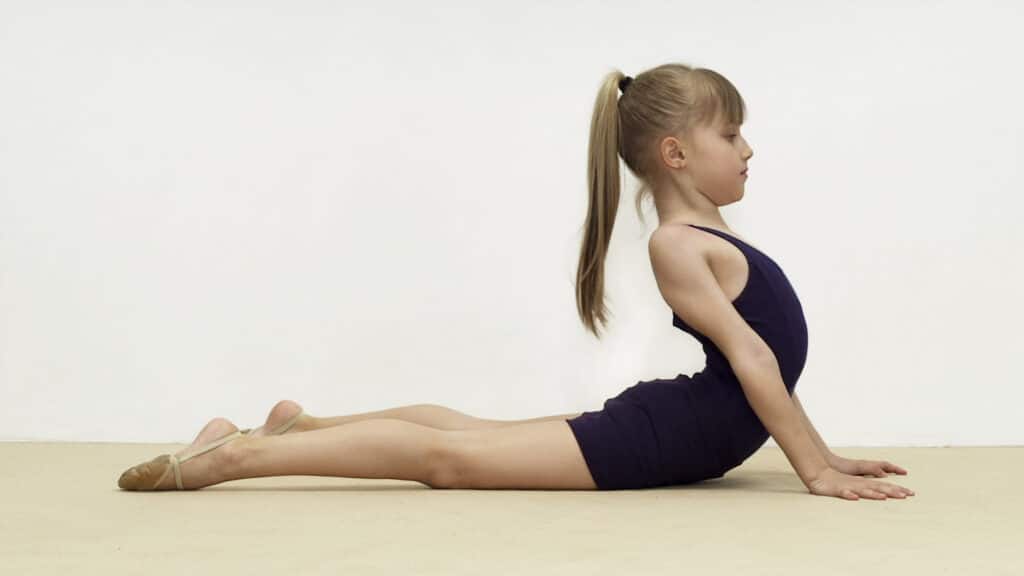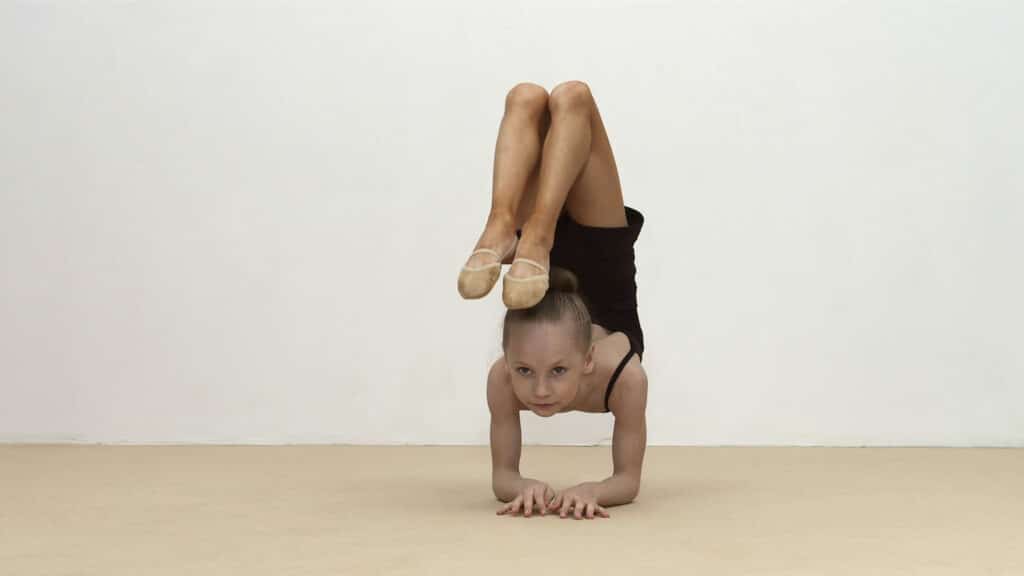Ever since she burst onto the scene at the sixth Printemps de Cahors festival in 1996, Rineke Dijkstra has demonstrated that looking at others did not need to mean dissecting them or reducing them to a caricature. Suddenly there was a Dutch artist—born on June 2, 1959 in Sittard, Netherlands, a graduate of the Gerrit Rietveld Akademie in Amsterdam—who gave her models not just time, but “moments of truth”: teenagers on the Baltic shore; bloodied toreros fresh after a bullfight; women who had just given birth, looking haunted, clutching their newborns.
Dijkstra soon added videos to her photographs, such as The Buzz Club (1996–1997), shown at the imposing Musée d’Art Contemporain de Haute-Vienne in Rochechouart, France, in 1998. It showed teenagers in Liverpool and Amsterdam nightclubs, slowly swaying to the sound of “sweet techno” while chewing gum. As the artist explains, “anyone can identify with these generic situations, everyone has such memories. In a way, these Liverpool teens look like teenagers anywhere, and yet each is different.”
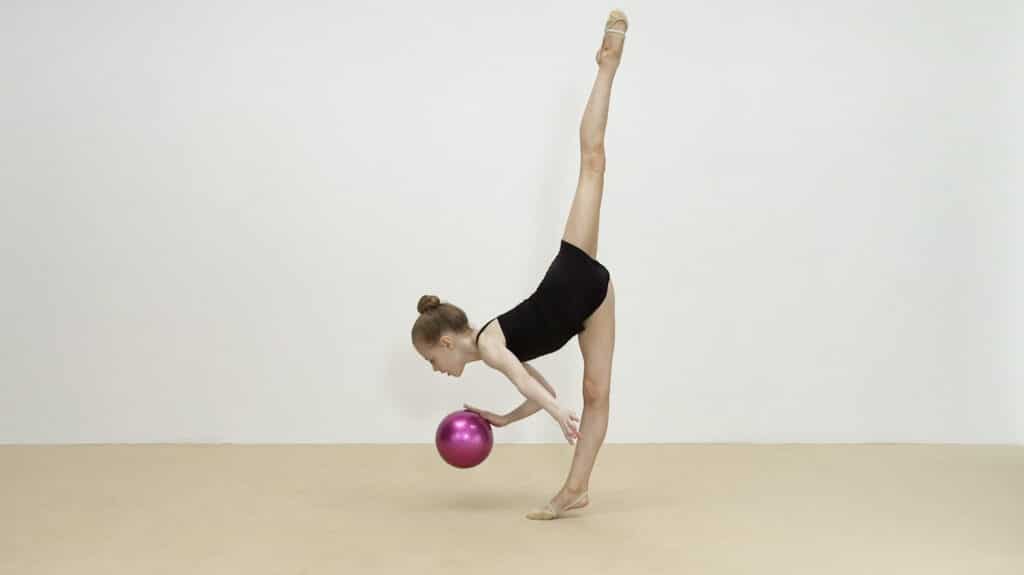
Today, the Maison Européenne de la Photographie in Paris is showcasing four captivating videos that highlight how Dijkstra’s subjects, filmed in very specific locations, sometimes bordering on confinement, manage to escape, producing dreams and developing a close relationship with the viewer.
This is true of Marianna (The Fairy Doll) (2014) and The Gymschool (2014), which were presented at the Marian Goodman gallery in Paris in 2015. Dijkstra noted at the time: “The starting point is the idea of repetition, and the challenge of perfection. This is what links the two videos, the one about Marianna, and the one I shot over four days in Saint Petersburg. In the second video, because I isolated the gymnasts from their context, the movement of the bodies has a sort of unreal feel to it… The gymnasts have to find their balance, and they repeat the same movement over and over again, to the point of sometimes appearing disembodied. They turn into abstract sculptures.”

This is true of Marianna (The Fairy Doll) (2014) and The Gymschool (2014), which were presented at the Marian Goodman gallery in Paris in 2015. Dijkstra noted at the time: “The starting point is the idea of repetition, and the challenge of perfection. This is what links the two videos, the one about Marianna, and the one I shot over four days in Saint Petersburg. In the second video, because I isolated the gymnasts from their context, the movement of the bodies has a sort of unreal feel to it… The gymnasts have to find their balance, and they repeat the same movement over and over again, to the point of sometimes appearing disembodied. They turn into abstract sculptures.”
The perspective changes in the other two videos, produced at Tate Liverpool in 2009. The first one, a group portrait projected onto three screens, shows children commenting on Picasso’s La Femme qui pleure/The Weeping Woman (1937) as part of an educational workshop (I see a Woman Crying).
The other, shot with a fixed camera, focuses on one of the uniformed schoolgirls, Ruth, who’s drawing her own Weeping Woman, her legs extended on the floor, without uttering a single word (Ruth Drawing Picasso). She makes faces. Applies herself to the task. Pulls out her tongue. Hunches over. Her eyes keep darting from the Picasso painting to her sketchbook and back. We hear the scraping of her pencil, we’re dying to see her portrait (it’s on display next door), and we rediscover the joy of naturally enjoying this space-time where everyone, model and spectator, is taken into consideration—and neither held hostage.
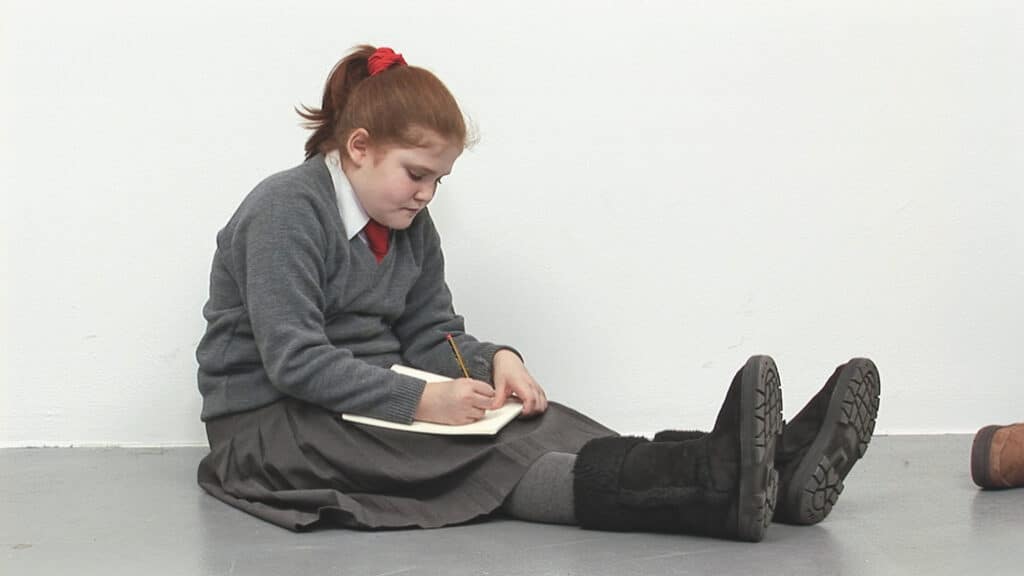
Rineke Dijkstra, I See You, Exhibition curated by Clothilde Morette and Simon Baker. Maison Européenne de la Photographie, until October 1, 2023.
